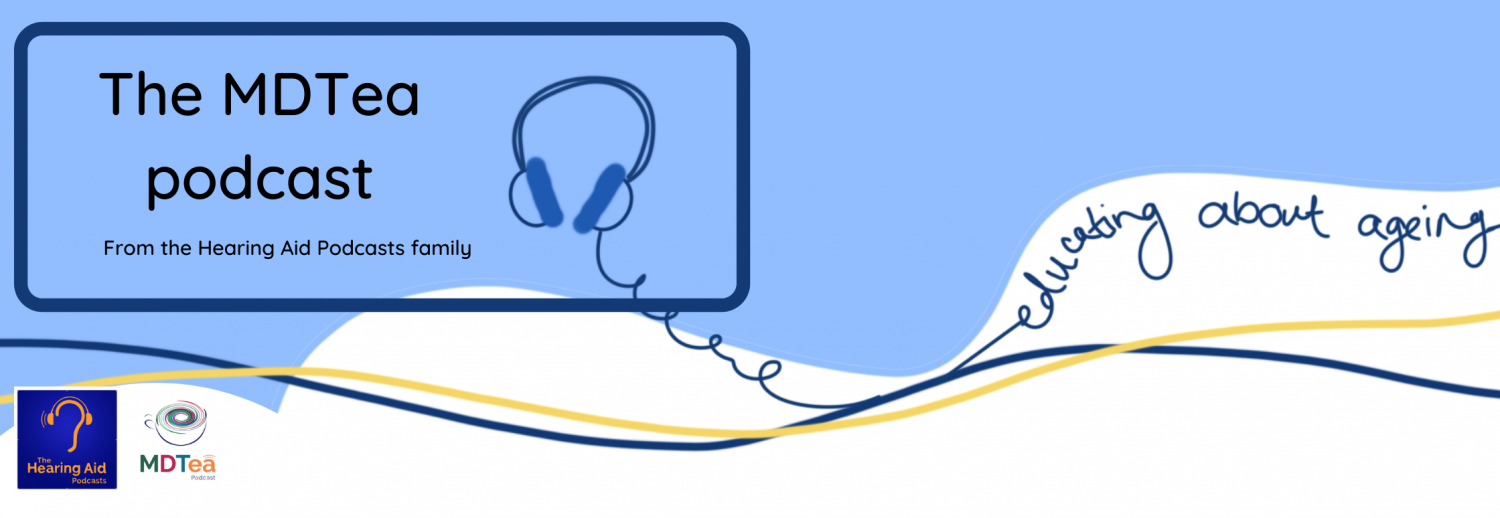Episode 7.05 Front Door Frailty
Faculty: Dr Jo Preston, Dr Iain Wilkinson, Sarah Smith, Alison Fitzgerald, Tracy Szekely
Release date: 9th April 2019
Social Media
Iain:
Care integration doesn’t happen by itself. Strong leadership, clear planning & good cross sector communication to build trust are key ingredients of success. Impressive work being led from a hospital starting point in Shropshire. https://t.co/fxuAdN4Tsg— Martin Vernon (@runnermandoc) March 7, 2019
Jo:
https://www.thelancet.com/journals/laneur/article/PIIS1474-4422(18)30371-5/fulltext
Learning Objectives
Knowledge:
- To understand the role of Geriatrics teams in acute ‘front door’ settings in hospital
Skills:
- To recognise when acute Geriatrics teams may be helpful
Attitudes:
- To appreciate how you might work alongside an acute Geriatrics team
Main Show Notes
Definition
Front door Geriatrics can mean different things in different localities. Generally speaking, they are MDTs specialising in the care of older adults, working in settings such as ED, CDU, AMUs or Frailty Units.
Key Points from Discussion
ED attendances are increasingly characterised, not by life-threatening medical emergencies, but by non-emergency situations, for example, relapses in chronic conditions, the consequences of a fall, a breakdown in social care or functional difficulties including a decrease in mobility. Safe discharges back to the community often require an assessment of needs and setting up support systems, in addition to treating medical symptoms.
Recognition of this shift in focus led to the Silver Book by BGS in 2012 and provides guidance on the urgent care needs of older adults in the first 24 hours of an acute care episode, both in the community and in hospital. BGS set up a special interest group for ‘Frailty in urgent care settings’ in 2017.
Front door Geriatrics teams focus on a broader MDT input early in admission rather than focusing on solely the medical issues early on and addressing the wider context later in admission ‘if get complex’, when this could have been predicted earlier on.
Front door geriatrics are usually MDTs which similar to those found on normal wards for older adults but getting involved earlier during admission with the aim being to
- Implement early CGA to identify issues to be addressed
- Identify which need hospital management
- Involve community services for longer term issues to be addressed
- Through these, prevent avoidable admission
- Effective, early triage to Geriatric specialty wards.
- Maintain mobility and function through early intervention
Managing expectations early for complex and frail older adults
- management plans e.g. rehabilitation goals, discharge destination, ceiling of treatment
- issues to be addressed during admission vs at home
- advance care planning
For any good front door service to work, there needs to be access to information regarding the patient’s normal circumstances, care provision and support network.
- Early = relatives more likely to be available for collateral
- Access to community documentation and information systems. (community ep 3.02)
The teams may involve doctors, nurses, physiotherapists, OTs, pharmacists, social workers etc. Given the setting they work in, they require skills in both acute medicine and Geriatrics and more often work across disciplinary boundaries.
Many different models of care exist across the country. National picture is very mixed and currently no evidence to suggest what model is best for patient and system, maybe that different models are required depending on demographic and type of hospital.
Bedded Frailty Units
- Patients usually ‘owned’ by team and have more traditional team structures
- Key is clear pathways for preventing unnecessary admission and work best when integrated with social services e.g. those with multiple councils / CCGs may not work so well
- Well defined criteria for admission
- Need to avoid being ‘just more beds’
Liaison into Acute Areas
- Patients usually ‘joint care’ or remain under admitting team
- Less traditional interdisciplinary working which is often more flexible.
- ED / CDU: Evidence suggests that the presence of therapists in the ED facilitates early discharge and prevents admission however ED may not be the best place for this to occur, nor doing CGA: v. busy, distracting, with time limits before patient moved.
- AMU:
- Pre-hospital:
Focus is on good, early, quality of care for older adults but inevitably system metrics are of interest
- Decreased LOS through preventing avoidable admissions needs to be balanced against readmissions rates.
- Decreased early LOS, can lead to increased LOS in downstream wards as those admitted have high needs comparatively. This is dependent on how the bedbase and data is measured though.
- Similarly decreased LOS in downstream wards may be seen due to early information gathering which helps plan discharge and anticipate issues earlier on in admission – impact on ‘stranded’ patients.
NHS Scotland QI training
Card Game re: ACP
http://www.gowish.org/gowish/gowish.html
Curriculum Mapping
This episode covers the following areas (n.b not all areas are covered in detail in this single episode):
- NHS Knowledge Skills Framework
- Core Dimension – service improvement – level 3
- Core Dimension – Quality – level 3
- G7 Capacity and capability
- Core 5 Quality
- G2 Development and innovation
- Foundation curriculum
- 4. Keeps practice up to date through learning and teaching
- 10. Recognises, assesses and manages patients with long term conditions
- Management of long term conditions in the acutely unwell patient
- The frail patient
- Core Medical Training
- Geriatric Medicine
- Team working and patient safety
- GPVTS program
- 2.04 Enhancing Professional Knowledge
- 3.03 Care of Acutely Ill People
- Geriatric Medicine Training Curriculum
- 3.1 Principal Learning Objectives
- 3.2.6 Planning Transfers of Care and Ongoing Care Outside Hospital
- 40. Community Practice Including Continuing, Respite and Intermediate Care
- 28. Diagnosis and Management of Acute Illness




